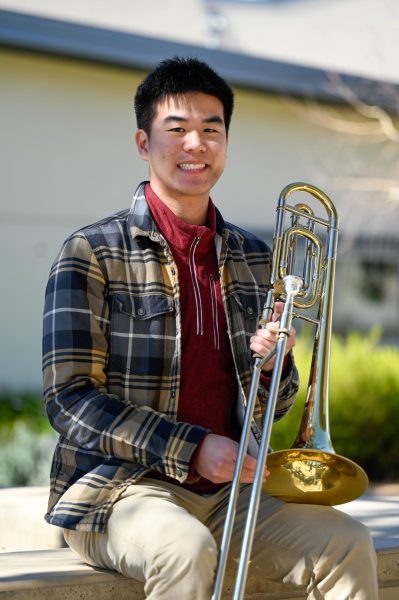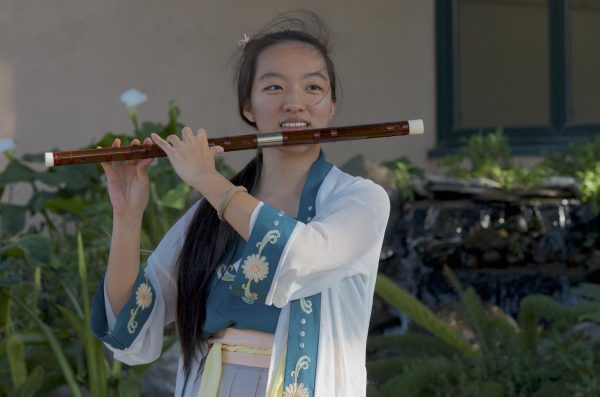Humans of Harker: Courage in curiosity
Sabrina Zhu channels her curiosity into multidisciplinary research
“My favorite thing about journalism is just the culture. There are not many programs where there are so many students from different grade levels and different perspectives. There’s a very strong mentorship aspect to it all, and ever since I became a junior, and now as a senior, I’ve been able to be that mentor to some of the younger students. It’s taught me a lot about what leadership means and what community means,” Sabrina Zhu (12) said.
“Through the rally, what kind of impact do you hope to leave on other members of our generation?” Sabrina Zhu (12) asked.
With her pen in hand, notebook open, and phone sitting on the table, Sabrina looks up expectantly at her subject, Ella Norman, a co-leader of the Silicon Valley Youth Climate Strike they had both attended. As Ella began to speak, Sabrina swiftly jotted down notes, occasionally pausing to nod and ask follow-up questions. The surrounding noise and energy of the rally faded away, leaving just Sabrina, Ella, and a casual, yet engaging conversation.
Sabrina was initially drawn to the world of journalism in ninth grade, fascinated by the idea of having her written work published in such a permanent way. But as she delved deeper into the program over the next four years, she realized that there was much more to journalism than just writing articles.
“My favorite thing about journalism is just the culture,” Sabrina said. “There are not many programs where there are so many students from different grade levels and different perspectives. There’s a very strong mentorship aspect to it all, and ever since I became a junior, and now as a senior, I’ve been able to be that mentor to some of the younger students. It’s taught me a lot about what leadership means and what community means.”
As the co-editor-in-chief of the Winged Post, Sabrina worked to foster an inclusive and welcoming environment for budding staffers to develop their skills. Along with helping her fellow peers in the program express themselves through writing and design, she also realized the importance of the newspaper as a forum for the larger school community to have a voice.
“We cover all sorts of news for the school, whether it’s a regular club meeting or a profile on a staff member,” Sabrina said. “It’s really special that we can spotlight these community members and give them a space to share their perspectives with the rest of the school.”
Sabrina’s efforts on the Winged Post don’t go unnoticed by her peers. Close friend Eileen Ma (12), who has known Sabrina since kindergarten, admires Sabrina’s dedication and commitment to the journalism program throughout high school.
“I’ve seen Sabrina pour hours of hard work into journalism,” Eileen said. “She’s always so creative with the pages she comes up with. She’s definitely become a leader in the journalism program, and I know how much she cares about the people and the program itself, so it’s really rewarding to see the Winged Post every time it comes out.”
For Sabrina, learning about new people and facets of her school community was what made journalism so special. She loved diving into the tiny, undiscovered nuances of the world through her reporting, using it as a tool to establish connections with people.
“I would actually say that journalism itself is a form of research,” Sabrina said. “We do a lot of investigative pieces, for example on climate change or the pandemic, that require a lot of research online, as well as talking to experts and reliable sources. Or, on the lighter side, looking at a community member and writing a profile on them is also a way of doing a lot of learning and researching.”
Her passion for research and exploration extends far beyond the journalism room. In her junior year, Sabrina applied to become a Near Mitra Scholar and spent the next year researching the impacts of storytelling and the press on the Civil Rights Movement in the south. As she puts the final touches on her research paper, she reflects on the patience she has developed from working on such a long-term project.
“It’s been a good challenge for me in terms of time management, and staying diligent and focused with it,” Sabrina said. “Since I’ve been doing the research for a long time, at times it can feel very repetitive, or like I’m at a dead end with my research. So it’s taught me to keep going and look for little things that I can continue to explore.”
Sabrina’s Near Mitra mentor and Winged Post adviser, Whitney Huang, noted her unique position and ability to guide Sabrina in many of her fields of interest. She especially commended Sabrina’s strong determination to see her projects to fruition, despite any obstacles she faced along the way.
“That sheer willpower is something that’s really [characteristic of] Sabrina,” Huang said. “If she puts her mind to something, she’ll get it done. And she won’t just get it done to get it done: it’ll be great.”
Sabrina’s inspiration for her research stems from things as far away as the Civil Rights Movement, to things much closer to her heart, like her family. Growing up with her three siblings, including an identical twin, piqued her curiosity in understanding the world of genetics. So, starting in her sophomore year, she began working with a lab at Harvard Medical School, where she had the opportunity to explore the intersection of various STEM disciplines.
“I wanted something that integrated both computer science and hands-on wet lab biology, since I was really interested in both,” Sabrina said. “It’s been a really good way for me to let my curiosity take hold. Being in the lab, I was able to ask a lot of questions, and the project that I did was pretty independent. My mentor gave me a lot of freedom with things that I wanted to explore and investigate.”
Close friend Samvita Gautham (12), who noticed Sabrina’s growing willingness to learn and explore, realized how crucial it was to her success over the past four years.
“Sabrina’s really opened herself up in the past four years,” Samvita said. “She does a lot of different activities, but one thing that’s the best about her is that she’s always open to trying new things. That’s been a huge area of growth for her.”
From measuring gene expression levels in a lab, to understanding the intricacies of the Civil Rights Movement, to devising creative designs for the Winged Post, Sabrina has traversed the worlds of STEM, humanities, and everything in between. As she approaches her final months of high school and looks back on her journey so far, she realizes that one thing holds true throughout: having courage in her curiosity.
“I would tell my younger self to explore more and take risks with the things that I like to do,” Sabrina said. “In journalism, I used to be very shy with my creativity. I saw everything as a template and tried to fit my ideas and designs into those templates. I finally started taking that risk later on and realized how liberating it was. I think I’ve learned to do the same in research: if I’m curious about something, I’ll just ask the question. There’s no harm ever in doing that.”
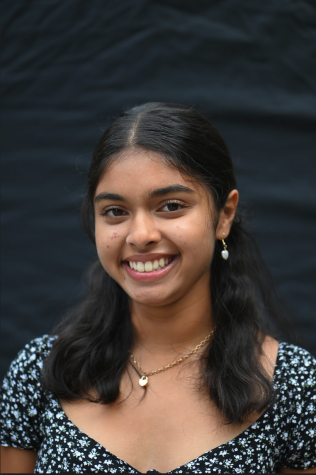
Lavanya Subramanian (12) is the co-editor-in-chief of the TALON yearbook, and this is her fourth year on staff. This year, she looks forward to working...































![Setter Emma Lee (9) sets the ball to the middle during the match against Pinewood on Sept. 12. “[I’m looking forward to] getting more skilled, learning more about my position and also becoming better friends with all of my teammates, Emma said.](https://harkeraquila.com/wp-content/uploads/2023/09/DSC_4917-2-1200x795.jpg)








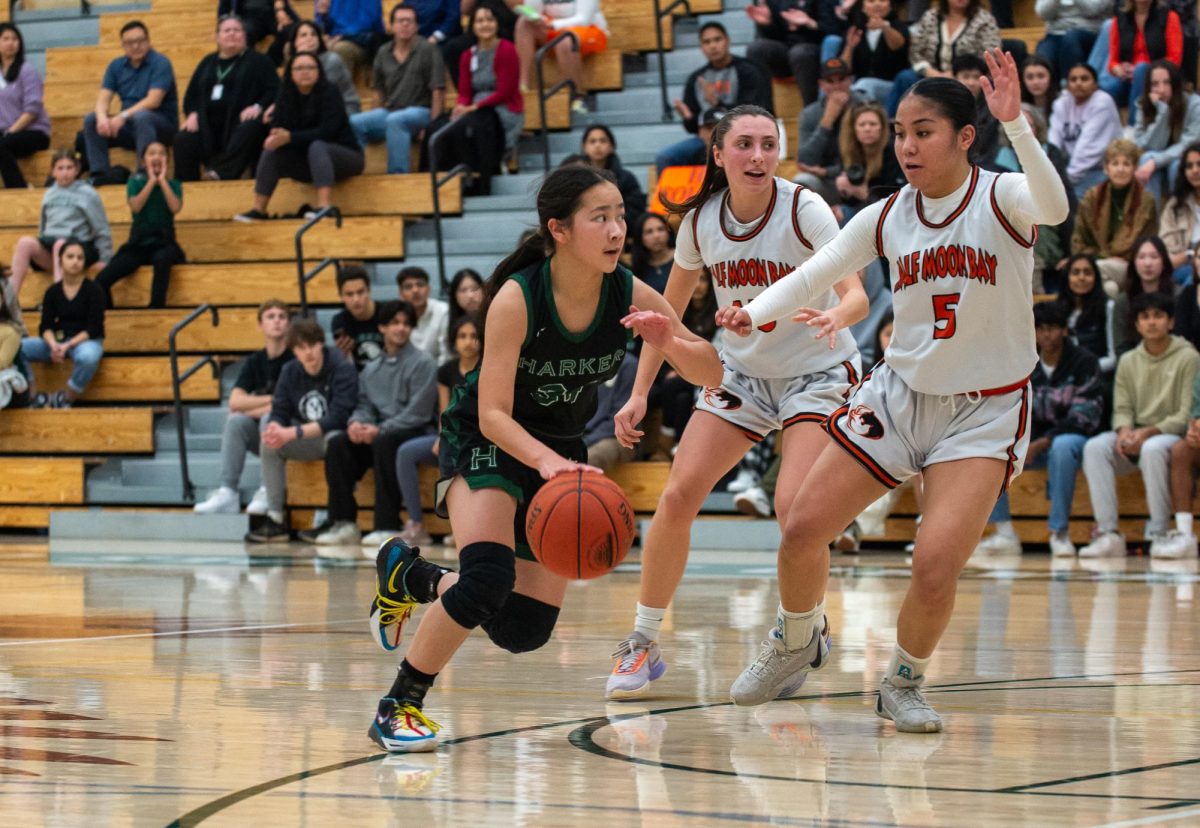























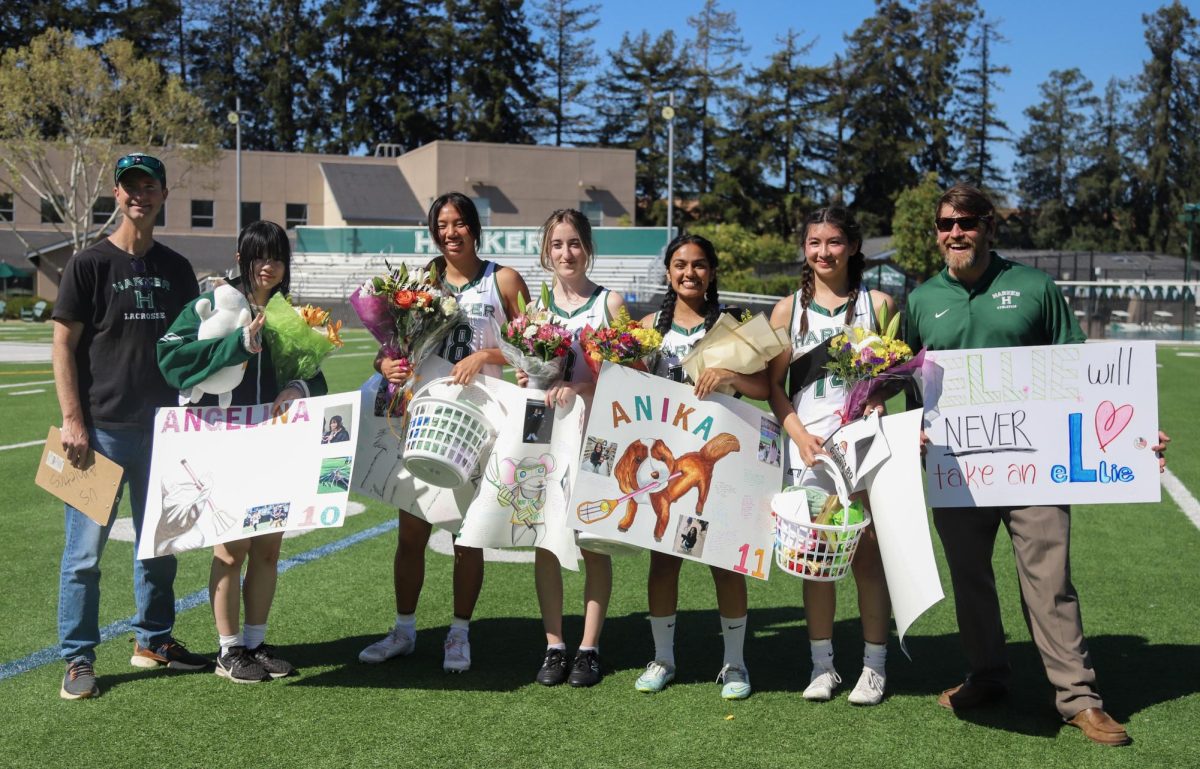
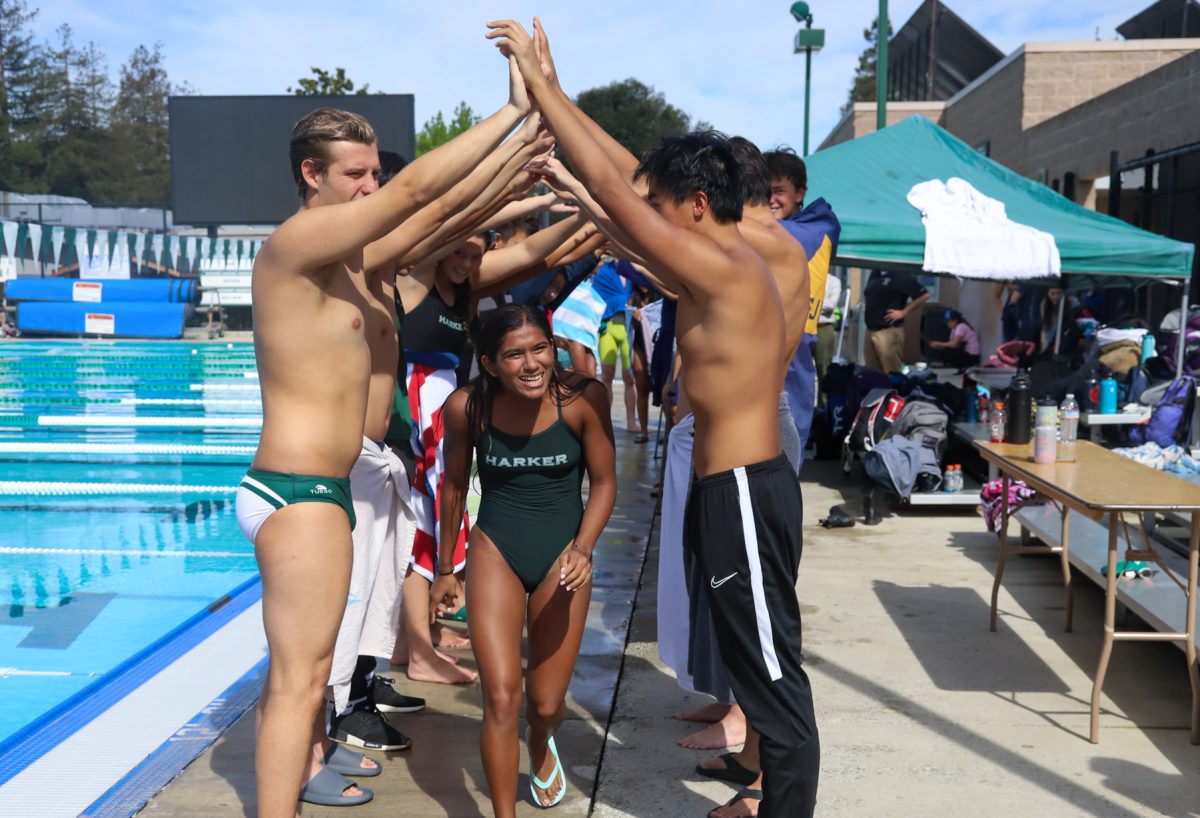
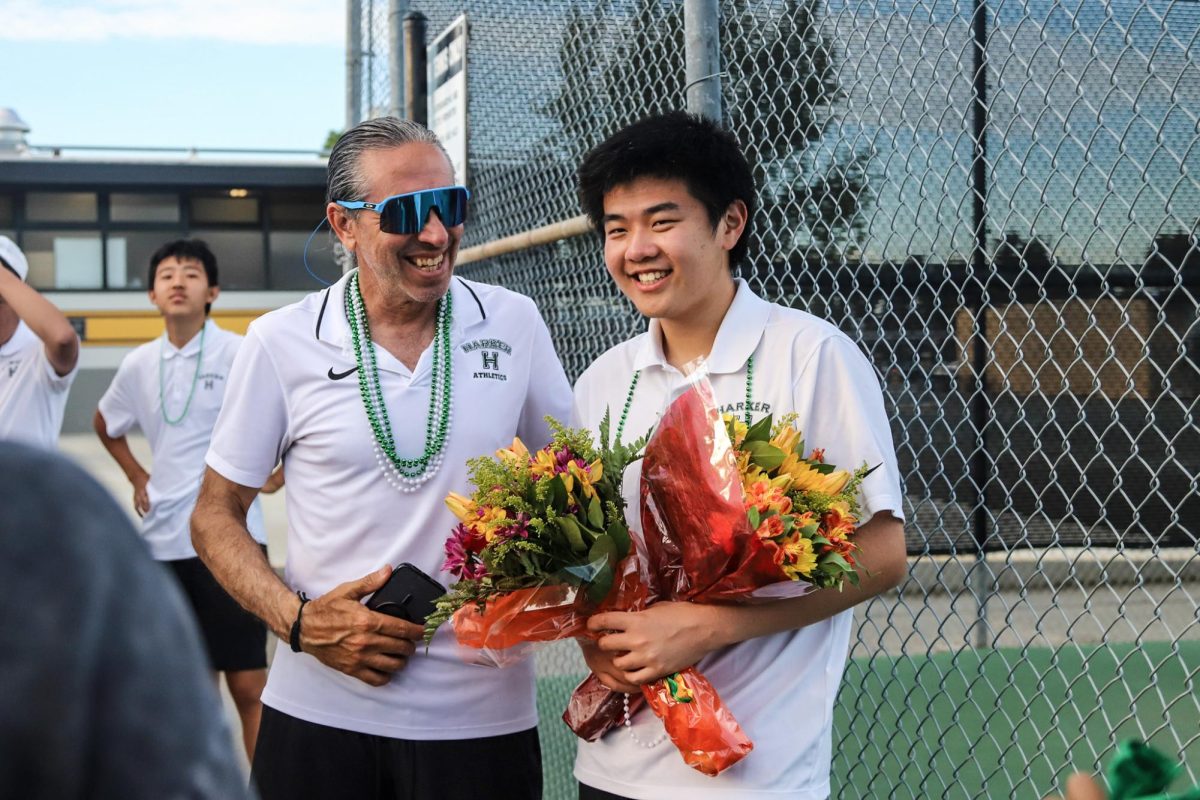
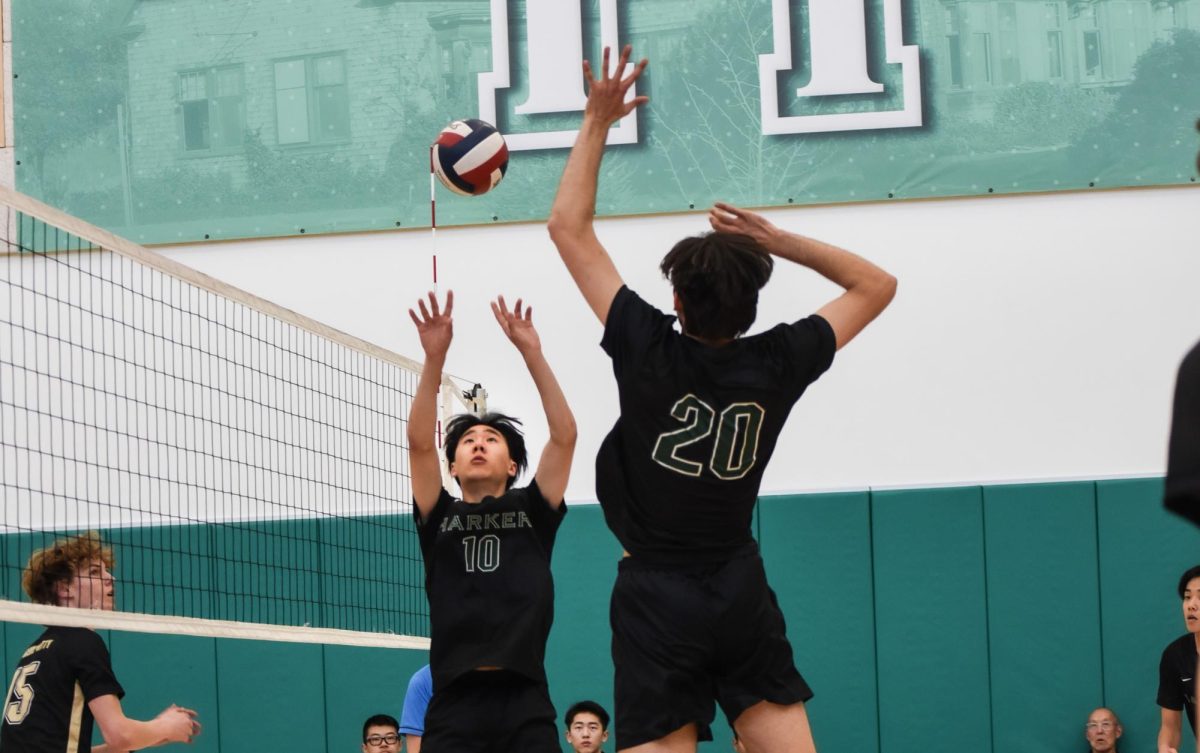
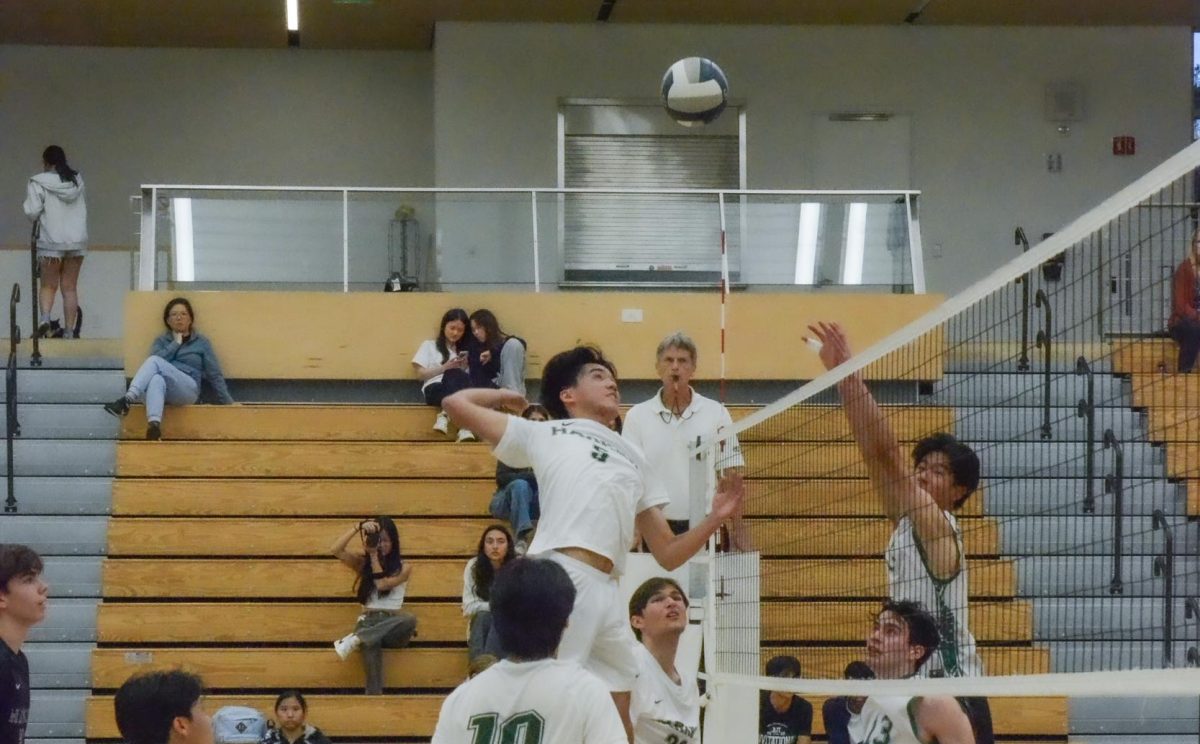





























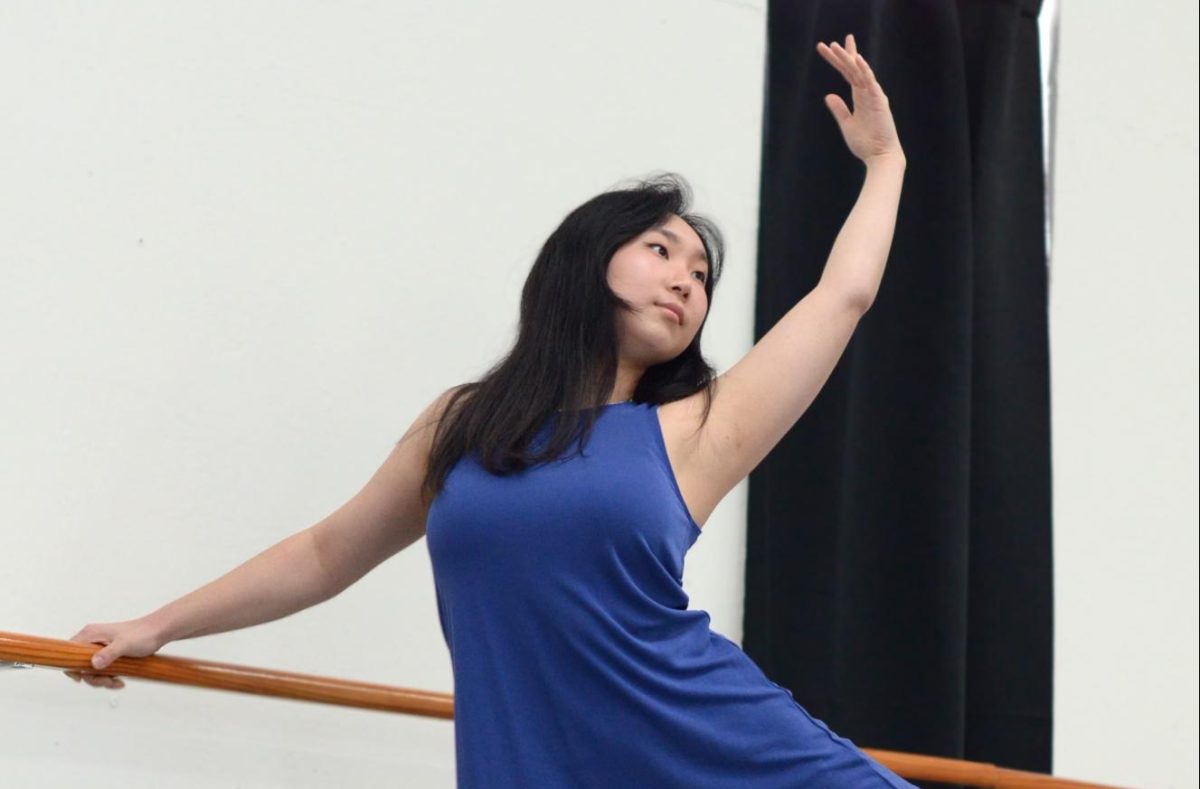
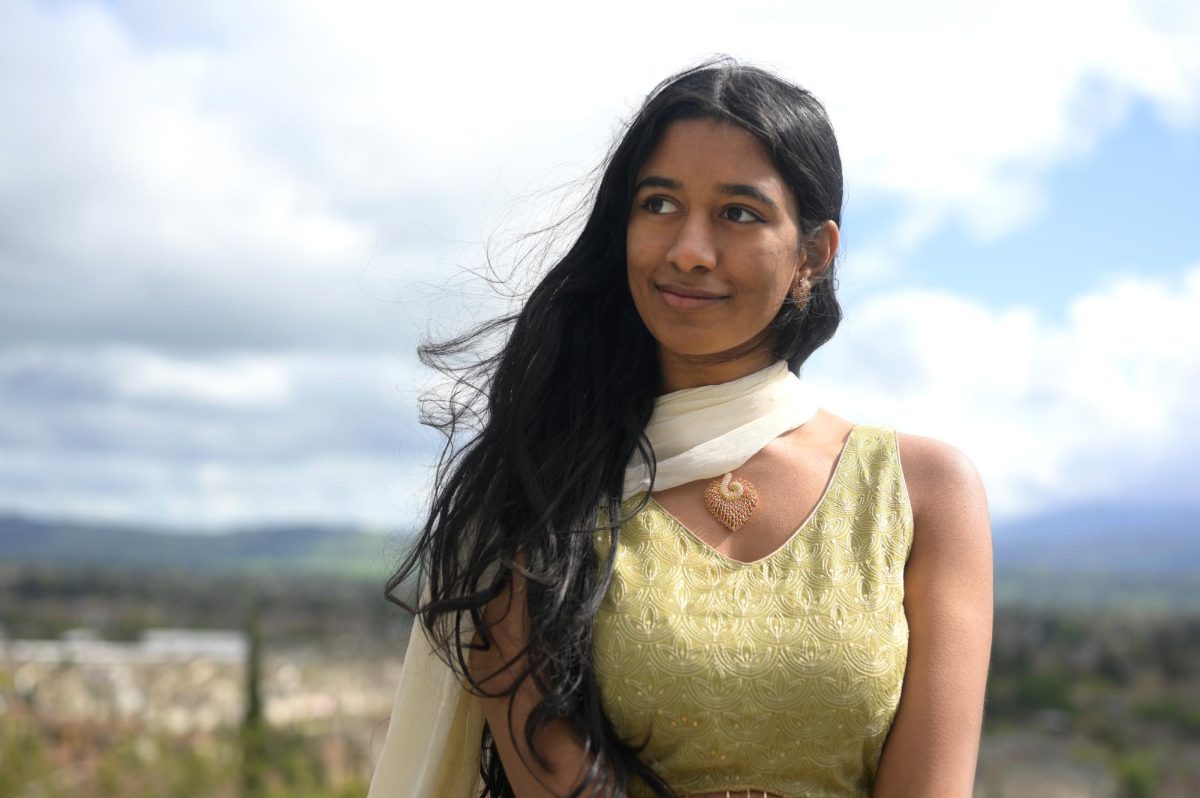
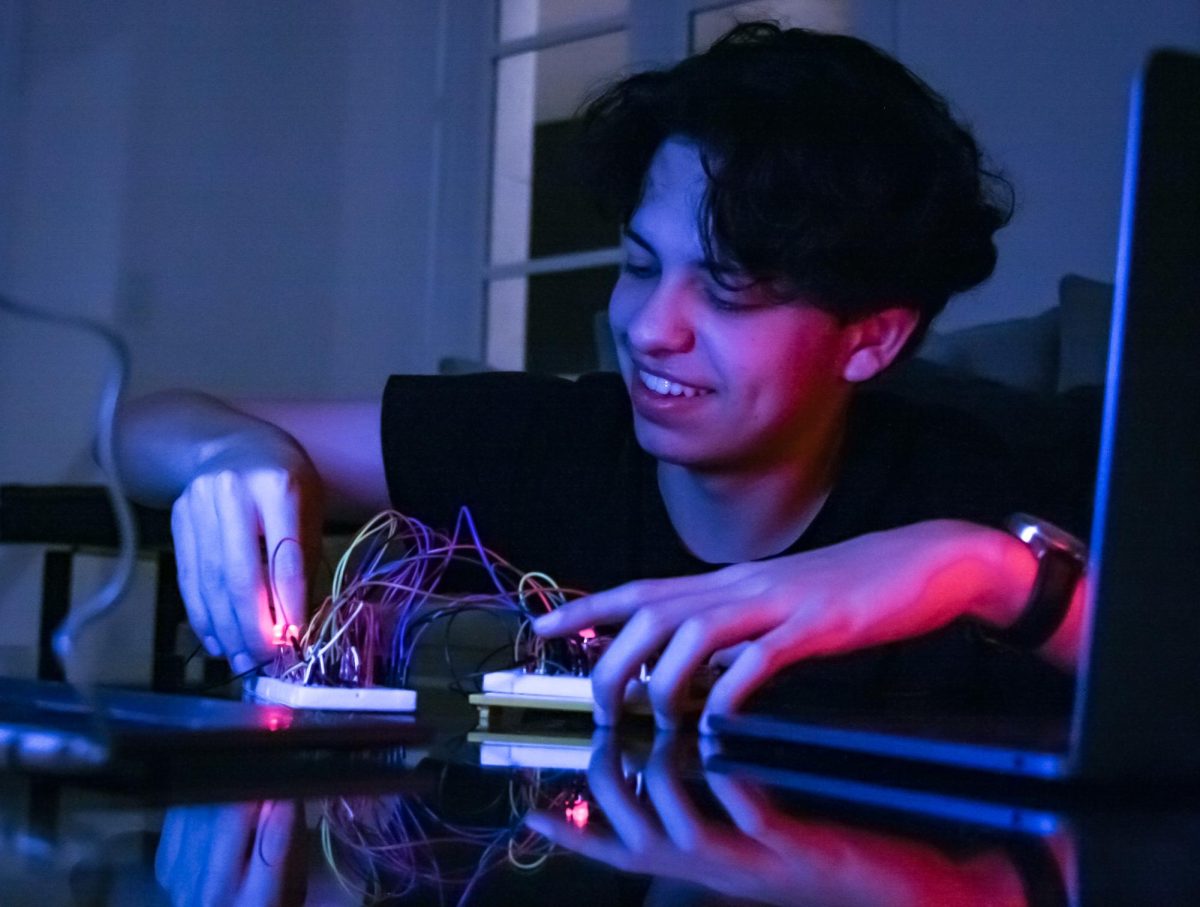
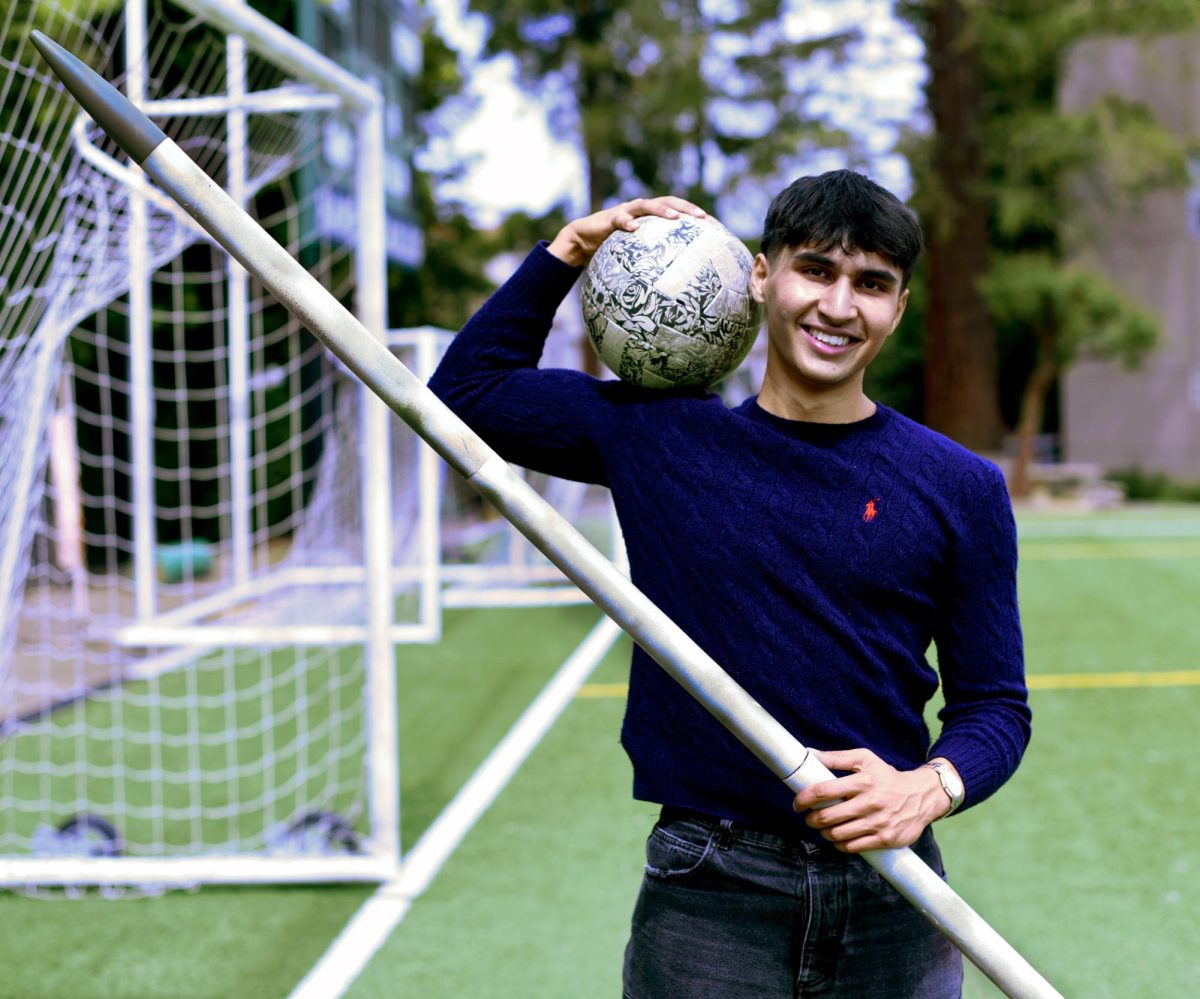
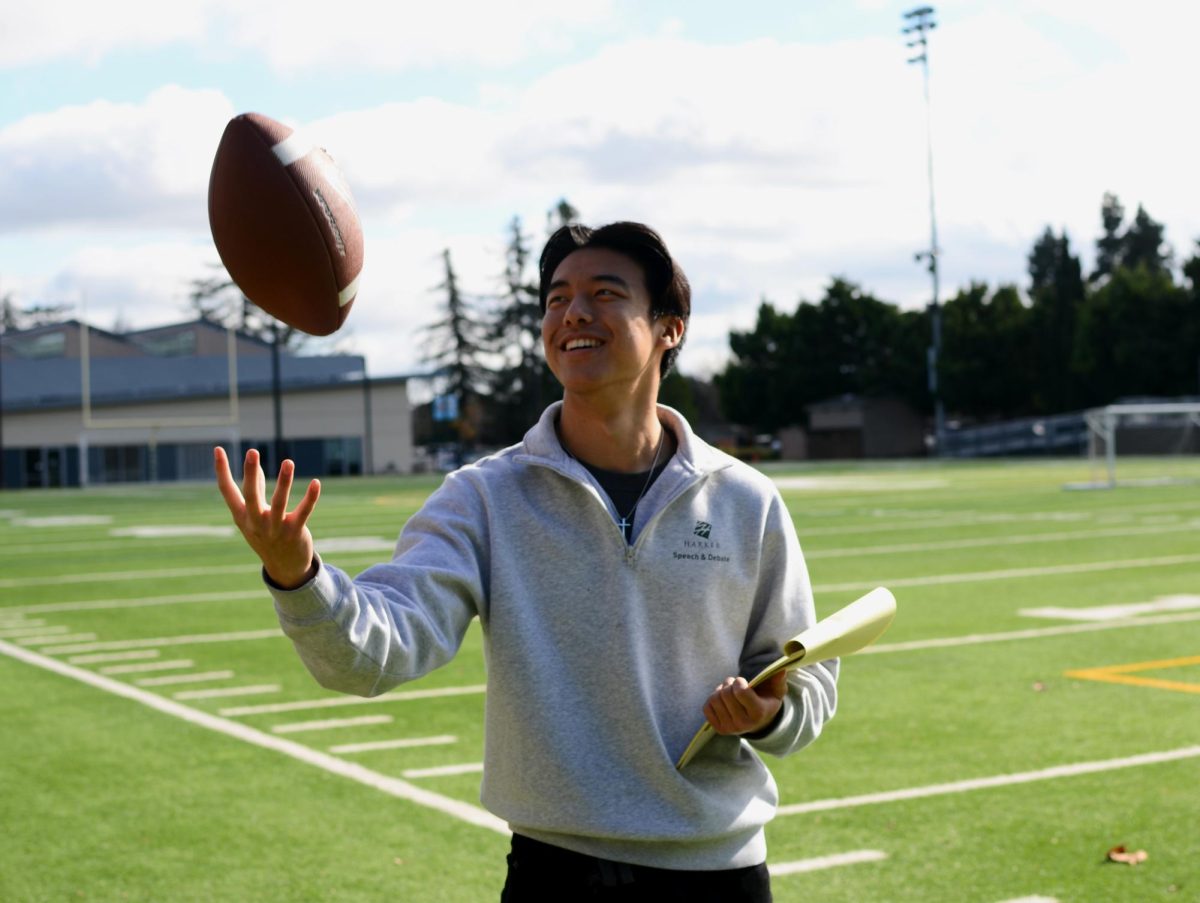








![“[Building nerf blasters] became this outlet of creativity for me that hasnt been matched by anything else. The process [of] making a build complete to your desire is such a painstakingly difficult process, but Ive had to learn from [the skills needed from] soldering to proper painting. Theres so many different options for everything, if you think about it, it exists. The best part is [that] if it doesnt exist, you can build it yourself, Ishaan Parate said.](https://harkeraquila.com/wp-content/uploads/2022/08/DSC_8149-900x604.jpg)


![“Animation just clicked in a way. I had been interested in art, but that felt different. [Animation] felt like it had something behind it, whereas previous things felt surface level. I wasnt making that crazy of things, but just the process of doing it was much more enjoyable, Carter Chadwick (22) said.](https://harkeraquila.com/wp-content/uploads/2022/08/Screen-Shot-2022-08-16-at-9.44.08-AM-900x598.png)


![“When I came into high school, I was ready to be a follower. But DECA was a game changer for me. It helped me overcome my fear of public speaking, and its played such a major role in who Ive become today. To be able to successfully lead a chapter of 150 students, an officer team and be one of the upperclassmen I once really admired is something Im [really] proud of,” Anvitha Tummala (21) said.](https://harkeraquila.com/wp-content/uploads/2021/07/Screen-Shot-2021-07-25-at-9.50.05-AM-900x594.png)



![“[Volleyball has] taught me how to fall correctly, and another thing it taught is that you don’t have to be the best at something to be good at it. If you just hit the ball in a smart way, then it still scores points and you’re good at it. You could be a background player and still make a much bigger impact on the team than you would think,” Anya Gert (’20) said.](https://harkeraquila.com/wp-content/uploads/2020/06/AnnaGert_JinTuan_HoHPhotoEdited-600x900.jpeg)

![“Im not nearly there yet, but [my confidence has] definitely been getting better since I was pretty shy and timid coming into Harker my freshman year. I know that theres a lot of people that are really confident in what they do, and I really admire them. Everyones so driven and that has really pushed me to kind of try to find my own place in high school and be more confident,” Alyssa Huang (’20) said.](https://harkeraquila.com/wp-content/uploads/2020/06/AlyssaHuang_EmilyChen_HoHPhoto-900x749.jpeg)













![“My slogan is ‘slow feet, don’t eat, and I’m hungry.’ You need to run fast to get where you are–you arent going to get those championships if you arent fast,” Angel Cervantes (12) said. “I want to do well in school on my tests and in track and win championships for my team. I live by that, [and] I can do that anywhere: in the classroom or on the field.”](https://harkeraquila.com/wp-content/uploads/2018/06/DSC5146-900x601.jpg)

![“I think getting up in the morning and having a sense of purpose [is exciting]. I think without a certain amount of drive, life is kind of obsolete and mundane, and I think having that every single day is what makes each day unique and kind of makes life exciting,” Neymika Jain (12) said.](https://harkeraquila.com/wp-content/uploads/2017/06/Screen-Shot-2017-06-03-at-4.54.16-PM.png)








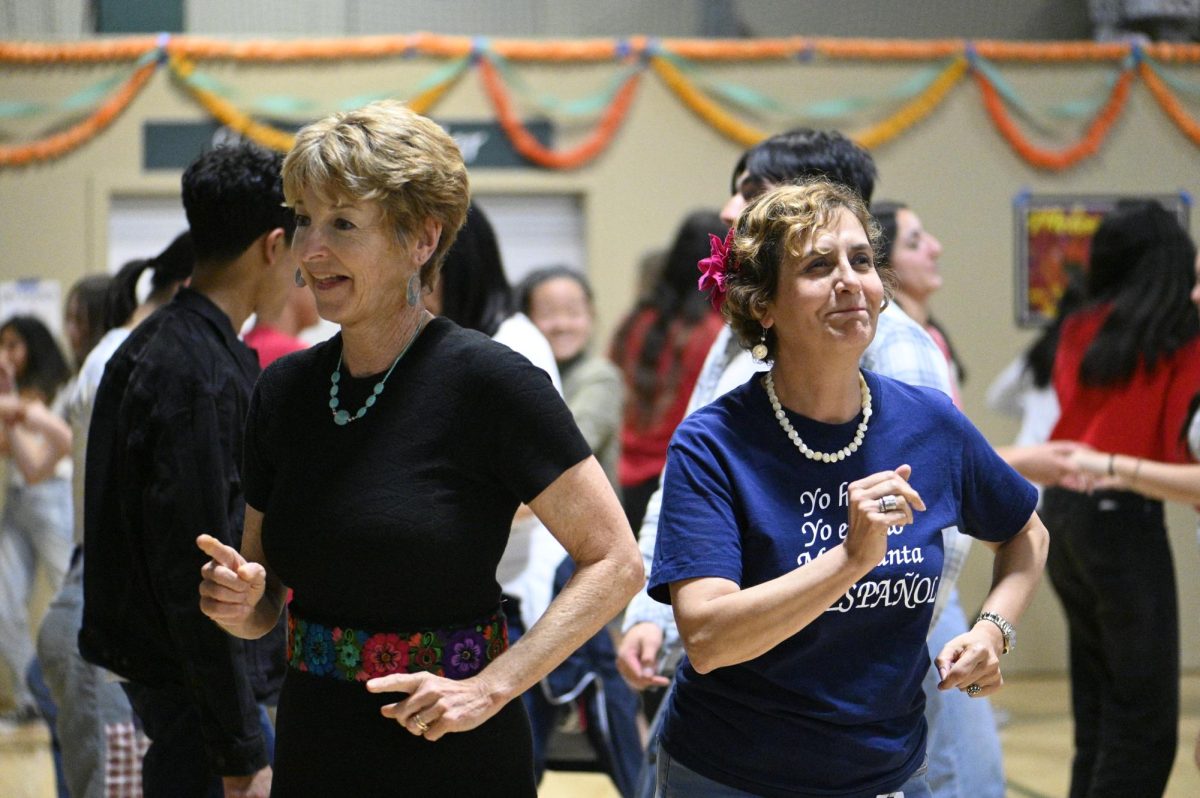

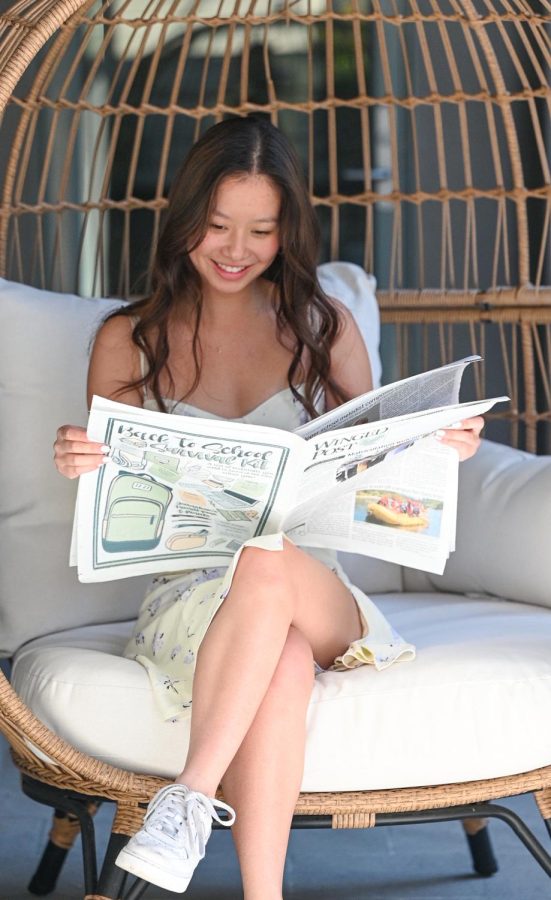
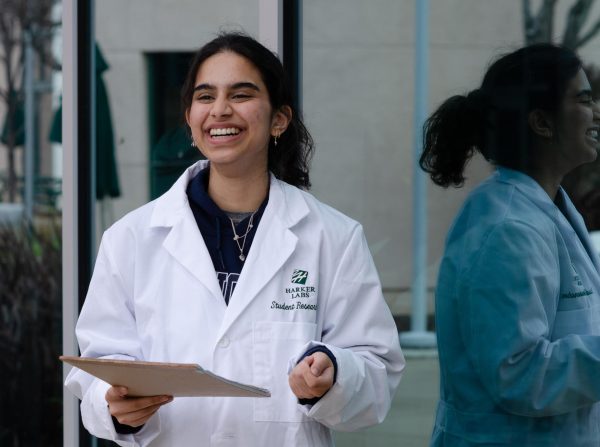
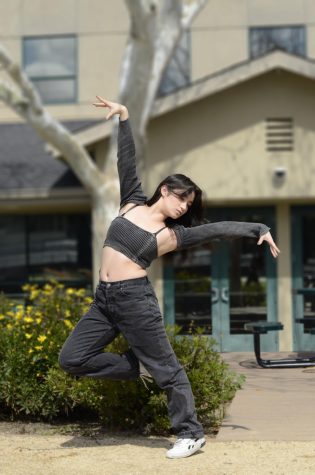
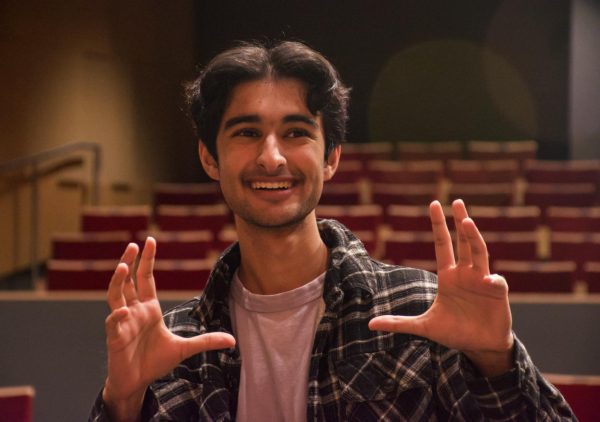
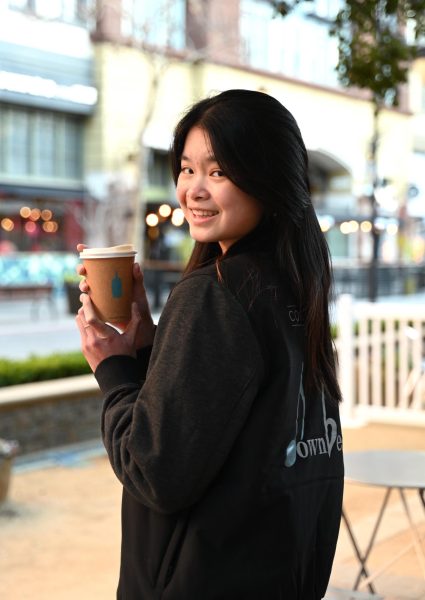

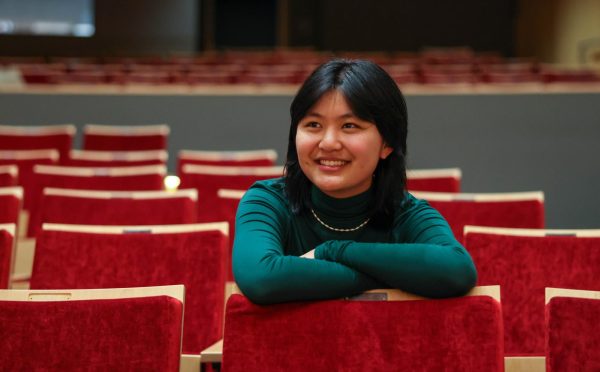
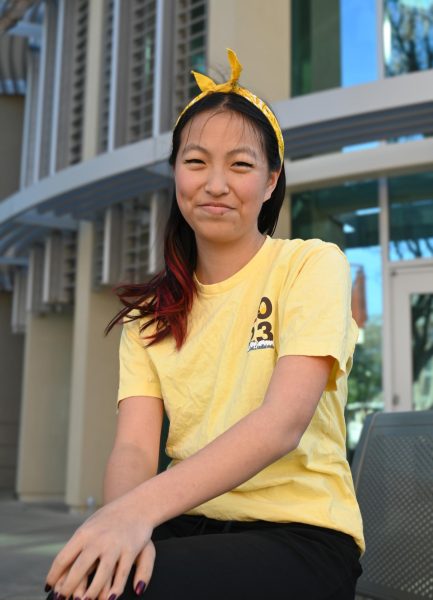
![“[When] youre driving by and you find something interesting, you have to find the perspective. Even if you dont have much time, you still have to figure [it] out. There is this mixture of not having enough time, but still wanting to find something thats going to be memorable that I find really interesting,” Keesha Gondipalli (23) said.](https://harkeraquila.com/wp-content/uploads/2023/05/KeeshaGondipalliHOH_MC-475x301.jpg)
